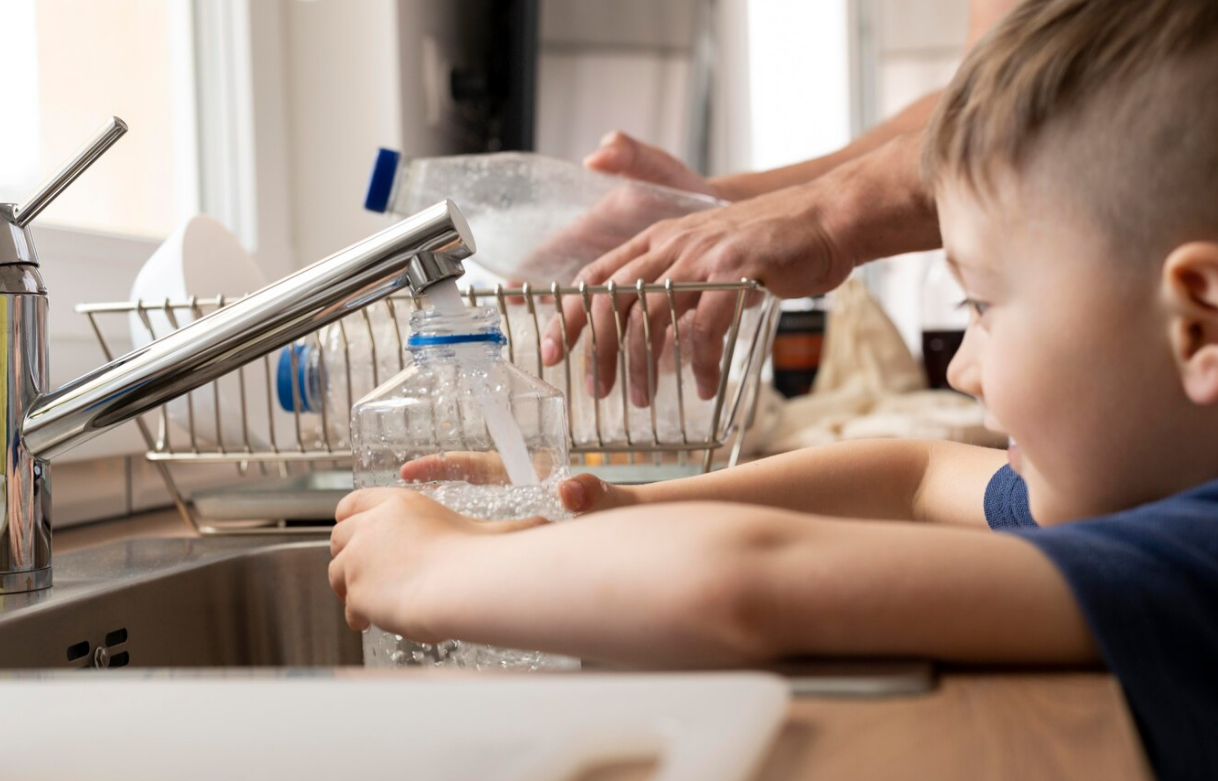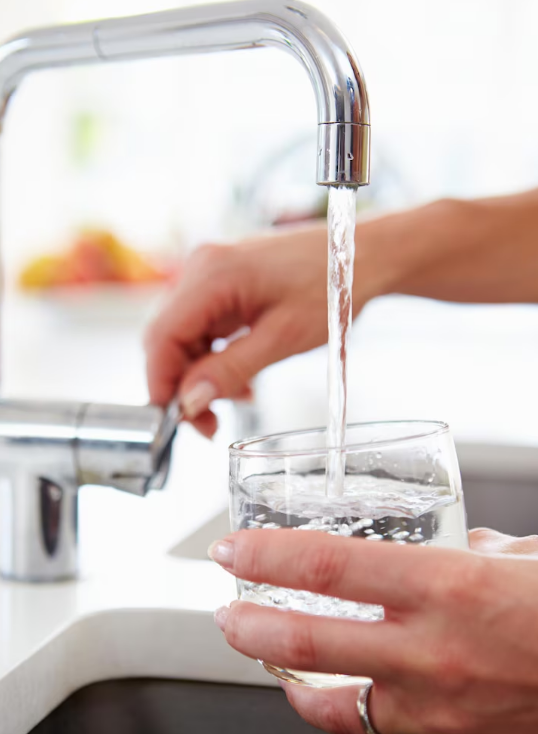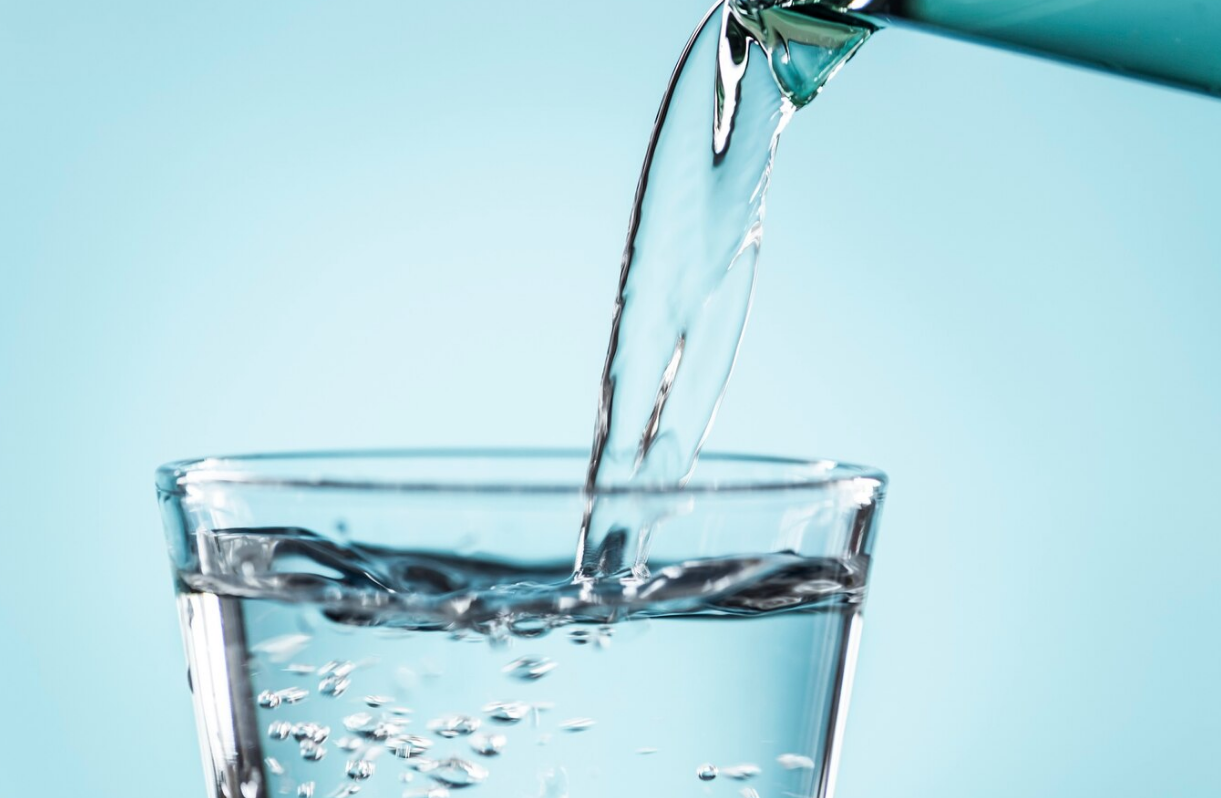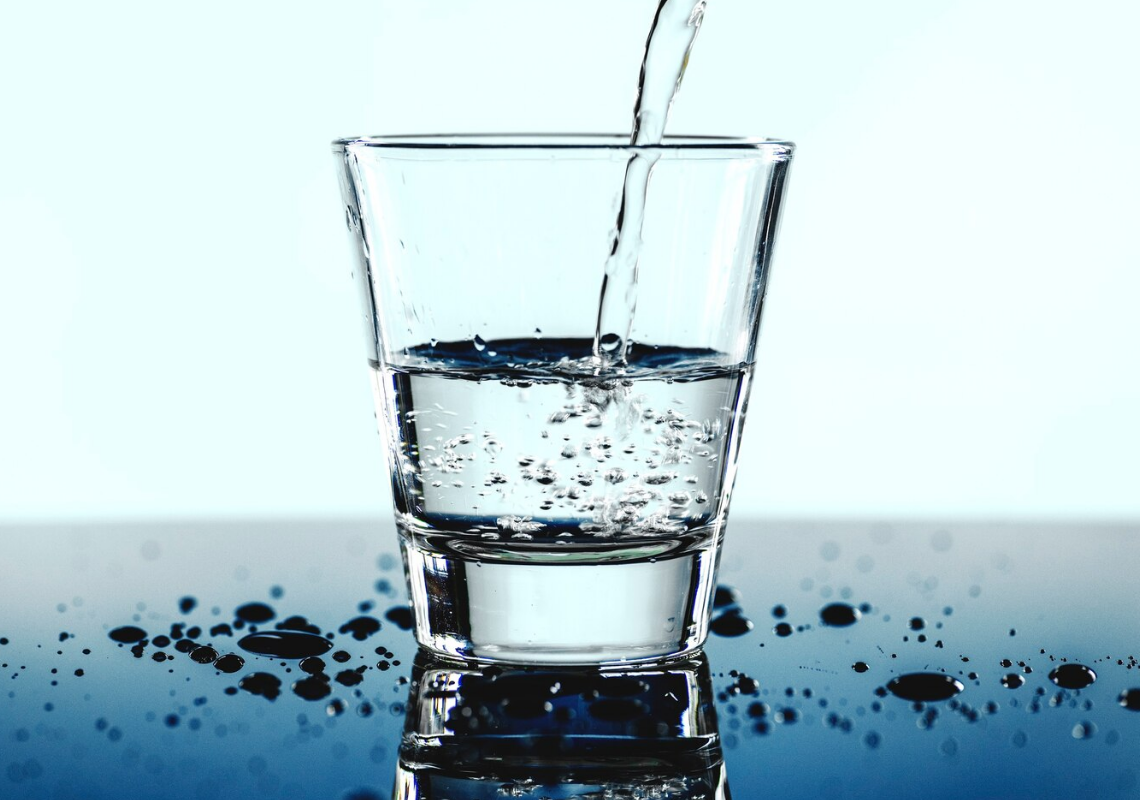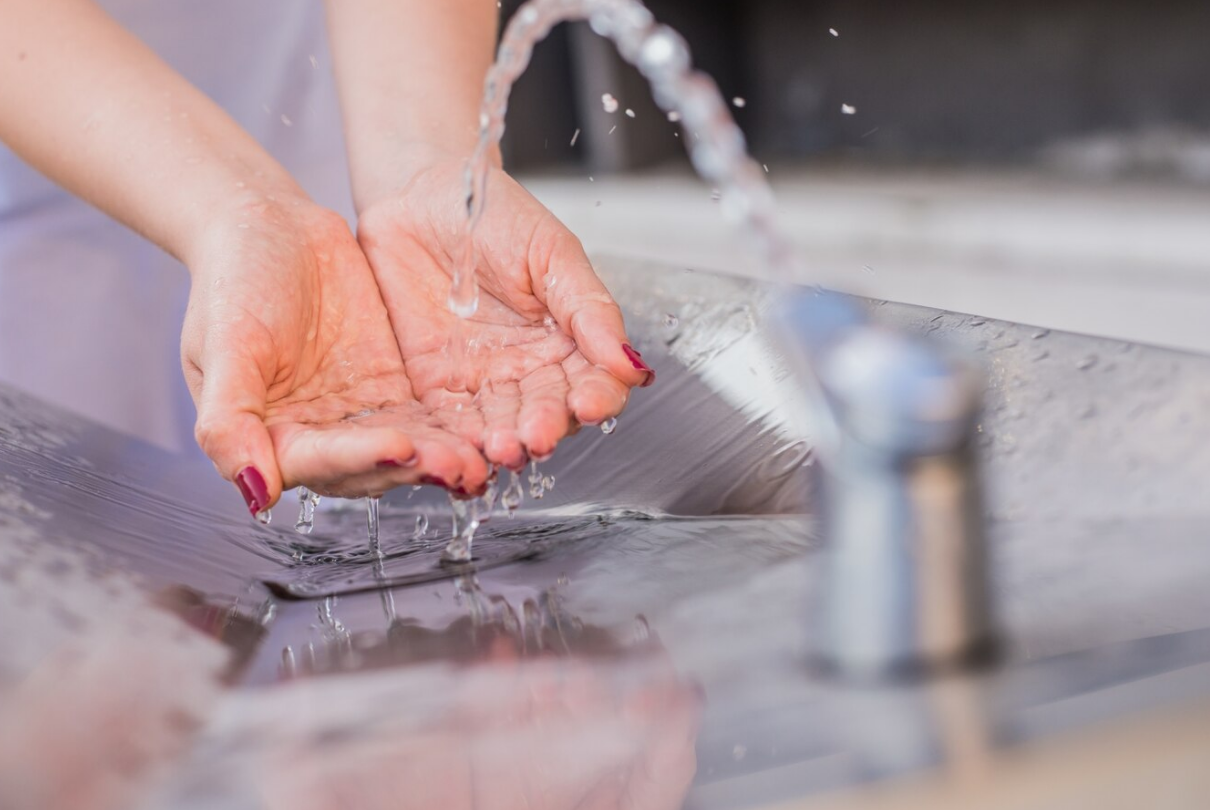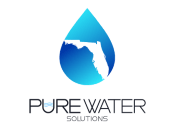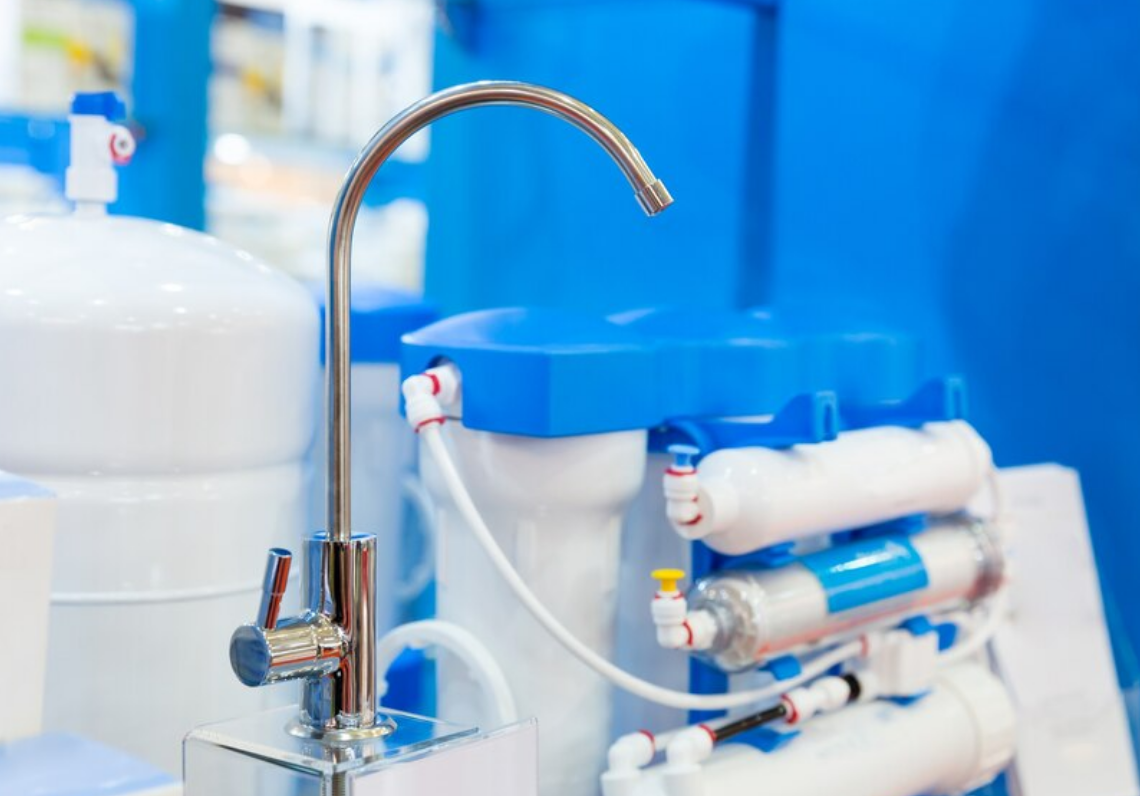Know About The Origin and Presence of 1,4-Dioxane in the Floridan Aquifer
The Origin and Presence of 1,4-Dioxane
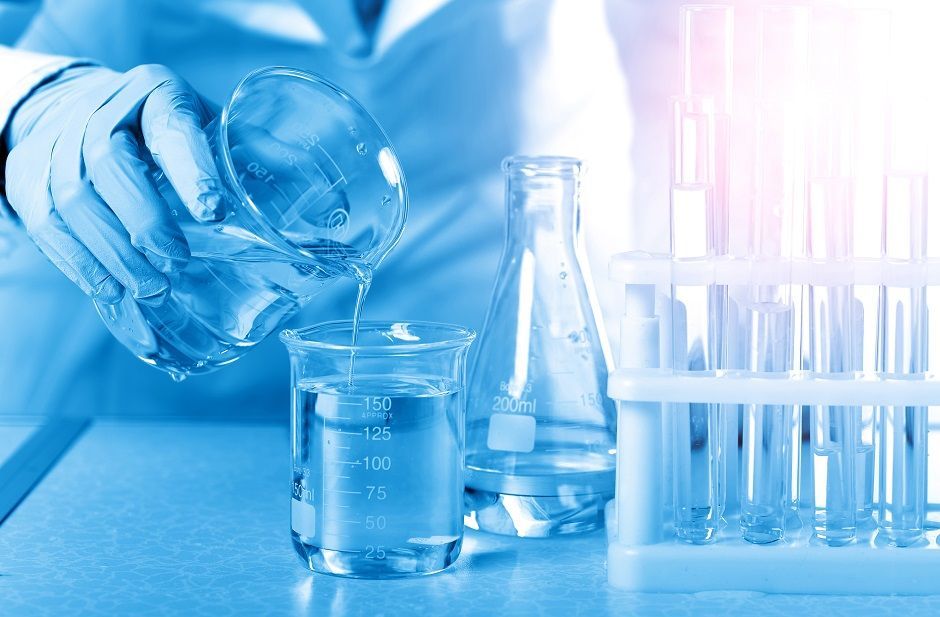
The existence of 1, 4-dioxane is a concealed threat to the Floridan Aquifer, one of the most significant and vital subsurface water supplies in the southeastern United States. Because of the potential negative consequences on human health and the environment, this synthetic compound has sparked alarm. In this blog, we'll find out the origins of 1, 4-dioxane and how it got into the Floridan Aquifer, threatening the region's water supply.
The Origins of 1, 4-Dioxane
1, 4-dioxane is a synthetic chemical that does not occur naturally. It is a colorless, combustible liquid that dissolves quickly in water, allowing it to be very mobile and travel large distances. The chemical is extensively employed in the production of industrial solvents, paints, varnishes, and other products as a stabilizer. Furthermore, 1, 4-dioxane is found in a variety of personal care products such as shampoos, detergents, and cosmetics. It acts as a solvent for specific compounds in these products, increasing their efficacy.
Industrial Activities and Contamination
Industrial activities are the principal source of 1, 4-dioxane contamination in the Floridan Aquifer. Improper chemical disposal and unintentional spills during production processes result in the discharge of 1, 4-dioxane into the environment. Even though industries take precautions, there have been instances of mismanagement, resulting in chemicals entering water bodies and seeping into groundwater.
Historical Disposal Practices
Another problem is the historical dumping procedures that were common before the tightening of environmental restrictions. Dumping industrial waste containing 1, 4-dioxane was done at landfills, waste disposal facilities, and unlined pits. These chemicals leached into the soil and subsequently percolated into the groundwater, reaching the Floridan Aquifer as a result of rainfall and weathering.
Urban Runoff and Wastewater Treatment
The presence of 1, 4-dioxane in the aquifer is also be attributed to urban runoff, which happens when precipitation washes over impermeable surfaces such as roadways, parking lots, and rooftops. Pollutants, such as 1 and 4-dioxane, are carried by runoff from numerous sources and deposited in neighboring water bodies. Furthermore, wastewater treatment plants not always be prepared to completely remove this synthetic molecule from the water before dumping it into the environment.
Contaminated Surface Water Interaction
The Floridan Aquifer is not a closed system; it communicates with surface water bodies via numerous pathways such as springs and sinkholes. When 1, 4-dioxane-contaminated surface water contacts the aquifer, it permeate the groundwater and gradually poison the entire aquifer system.
Conclusion
The presence of 1, 4-dioxane in the Floridan Aquifer is a severe hazard that requires a quick response. A multifaceted approach is required to protect this vital water supply. To prevent future contamination, stricter legislation and enforcement of good waste management techniques are required. To efficiently remove 1, 4-dioxane, and other developing toxins, industries must emphasize the use of safer alternatives and invest in modern wastewater treatment technologies.
Furthermore, public awareness and education are essential for mobilizing communities to take action and support programs aimed at conserving the integrity of the Floridan Aquifer.

